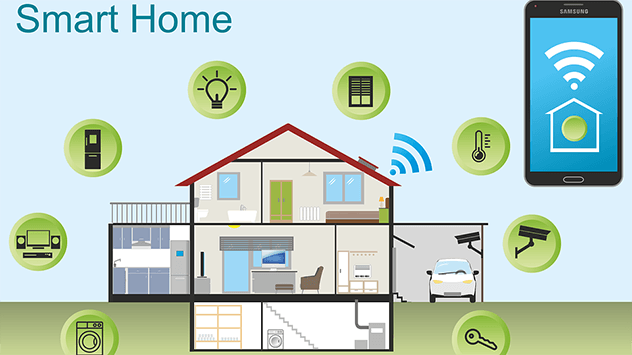
In today’s increasingly resource-conscious world, effective waste management is not just an environmental necessity—it’s also an economic opportunity. Among the many materials being recycled, polypropylene (PP) has emerged as a particularly valuable asset. As one of the most commonly used plastics across numerous industries, PP Recycling holds significant industrial value, contributing both to sustainability goals and cost-efficient manufacturing.
Understanding Polypropylene and Its Widespread Use
Polypropylene is a thermoplastic polymer widely known for its durability, versatility, and chemical resistance. It is commonly found in packaging, automotive components, household goods, textiles, and medical supplies. Its ability to maintain structural integrity under stress and its resistance to moisture make it highly useful in both consumer and industrial applications.
The extensive use of PP has led to a parallel rise in its presence in waste streams. Fortunately, it is a material that lends itself well to recycling—retaining much of its strength and form even after being processed multiple times.
The Role of PP Recycling in Industrial Efficiency
The industrial value of PP recycling extends far beyond the simple act of waste diversion. When polypropylene is recovered and reprocessed, it re-enters the production cycle as a cost-effective raw material. This reduces reliance on virgin plastic production, which is energy-intensive and tied to fossil fuel consumption.
Recycled PP can be used to manufacture a wide variety of products, from automotive parts and construction materials to storage containers and fibers. This closed-loop system supports the principles of a circular economy—where materials are kept in use for as long as possible, extracting maximum value and minimizing waste.
Moreover, industries that adopt recycled PP benefit from reduced production costs, improved environmental credibility, and compliance with evolving sustainability regulations. These advantages enhance both economic performance and brand reputation in a competitive marketplace.
Environmental and Regulatory Incentives
Governments and environmental agencies across the globe are increasingly focused on reducing plastic pollution and encouraging sustainable practices. As a result, policies and incentives are being introduced to support recycling infrastructure and promote the use of recycled materials.
PP recycling aligns well with these initiatives. It not only decreases landfill burden but also reduces greenhouse gas emissions associated with the production of new plastic. By integrating recycled PP into their operations, companies contribute to climate action while positioning themselves for future regulatory compliance.
Challenges and Innovations in PP Recycling
Despite its benefits, PP recycling does face challenges. Contamination, sorting complexities, and the presence of additives in consumer products can affect the quality of recycled material. However, ongoing advancements in sorting technology, chemical recycling methods, and material recovery facilities are steadily improving the efficiency and quality of PP recycling processes.
Collaboration between industry players, researchers, and policymakers is also driving innovation, ensuring that PP recycling continues to evolve and expand in capability.
Conclusion The industrial value of PP recycling is clear: it offers a pathway to more sustainable production, cost-effective material sourcing, and environmental responsibility. As industries seek to reduce waste and operate more efficiently, polypropylene recycling stands as a key solution—proving that sustainability and industrial performance can go hand in hand.



